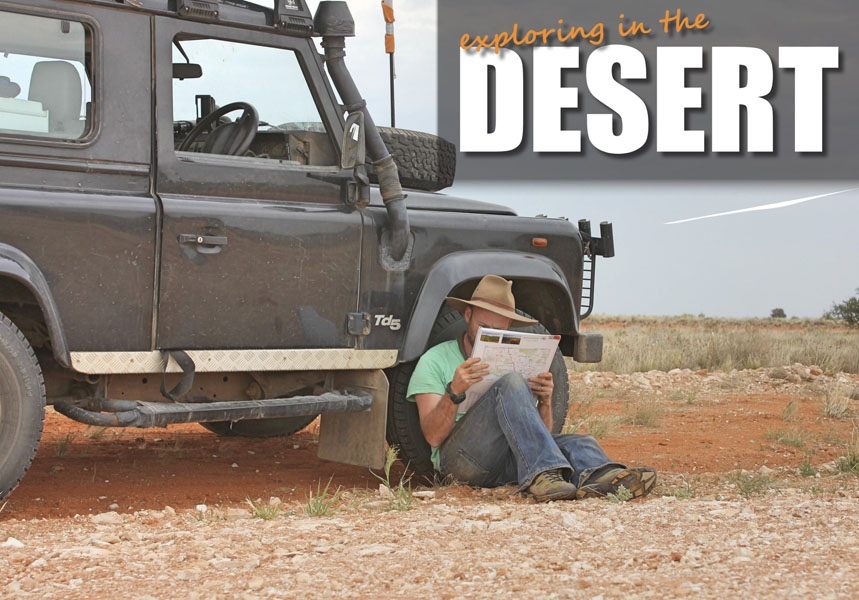 Australia is the driest inhabited continent on the planet; this is dusty country with seventy percent of the Australian mainland classified as semi-arid, arid or desert. It doesn’t rain very often out there with the annual average rainfall clocking in at only 200mm or less. It can also get scorching hot with the maximum summer temperature reaching an explosive 50 degrees and with these soaring temperatures you won’t find many people living in this harsh environment with only 3% of the country’s population calling it home.
Australia is the driest inhabited continent on the planet; this is dusty country with seventy percent of the Australian mainland classified as semi-arid, arid or desert. It doesn’t rain very often out there with the annual average rainfall clocking in at only 200mm or less. It can also get scorching hot with the maximum summer temperature reaching an explosive 50 degrees and with these soaring temperatures you won’t find many people living in this harsh environment with only 3% of the country’s population calling it home.
When I lived in Australia a few years ago, one of the things I had to experience was taking my Land Rover Defender to one of the ten Australian Deserts. With so many deserts to explore in this vast land, kicking up the red dirt and the desert sands was a top priority for me. But not only that, the appeal of being so remote in my 4X4 and the likelihood of having to be self-sufficient while being away from the city was a real attraction.
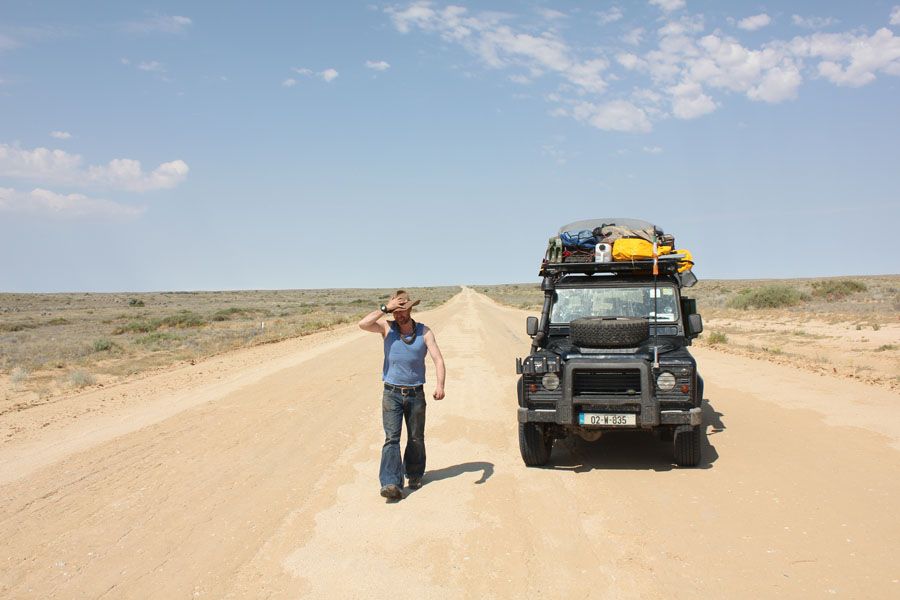
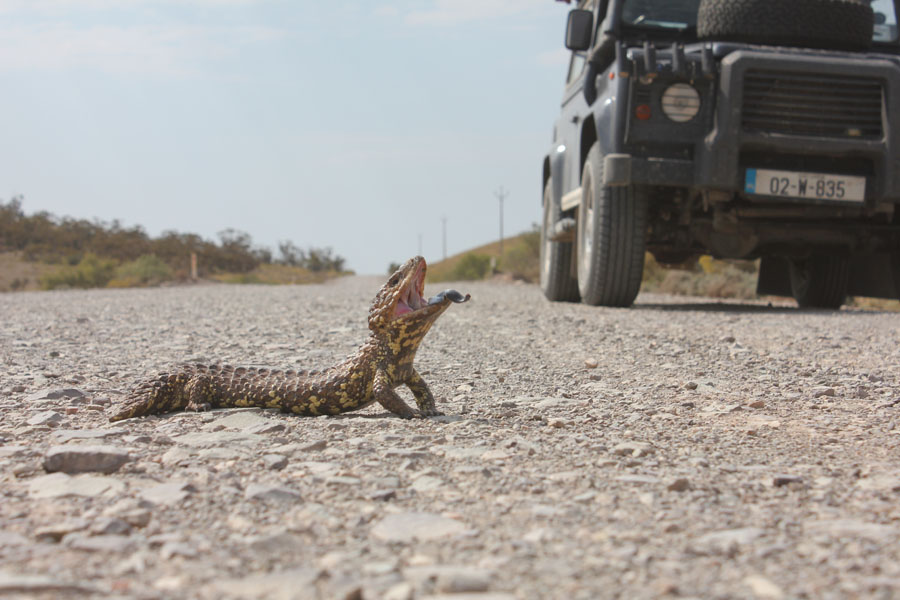
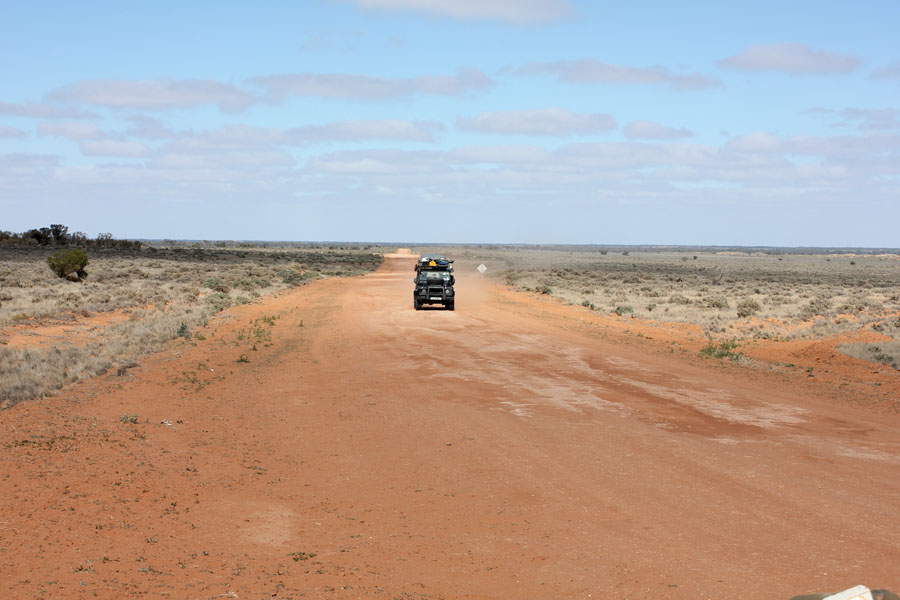
I was based in Sydney so the plan was to select a desert that was both reachable and safe, as I would be travelling with just one other, my mate Brucey from Brisbane and my trustee 2002 Land Rover Defender. Upon looking at the Australian map I was instantly familiar with the bigger deserts like the Simpson, the Gibson and the Great Victorian deserts, but one that wasn’t so well known and was conveniently close to Sydney was the Strzelecki Desert, I had never heard of it. As it was only about two-three days driving from Sydney the decision was made, we would be heading for the relatively accessible far north region of South Australia. Covering a total 80,000 km2 or 50,000 square miles the Strzelecki desert is the seventh largest desert in Australia.
Before any extensive camping or touring trip in the Land Rover I always enjoy planning for trips and completing extensive research on places that I plan to visit. For me it’s not just about visiting a location but also more importantly understanding its geography, how it got its name and of course its history. What I learned about the Strzelecki desert and more importantly the man who it was named after, completely took me by surprise.
So how did the Strzelecki desert get its name? The area was discovered and named by Charles Sturt in 1845 after a famous Polish explorer called Edmund Strzelecki. Sturt was a British explorer who led numerous expeditions into the center of Australia in search of the infamous inland sea. Edmund Strzelecki came from Poland to Australia and is credited with climbing and naming Australia’s highest peak Mount Kosciusko in 1839 (named after a famous Polish national hero). Prior to moving to Australia Edmund Strzelecki also explored remote parts of the world including North and South America, the West Indies, China, India and Egypt and incredibly he did all of this before his thirty fifth birthday.
Throughout his travels Waccumulated extensive knowledge in geological and mineralogical surveying and it was these skills that led the then governor of NSW in Australia to invite him to explore what lay beneath the Australian surface. During his time analysing and exploring the Australian topography he discovered gold and minerals in the Snowy Mountains and along the Gippsland region of Victoria.
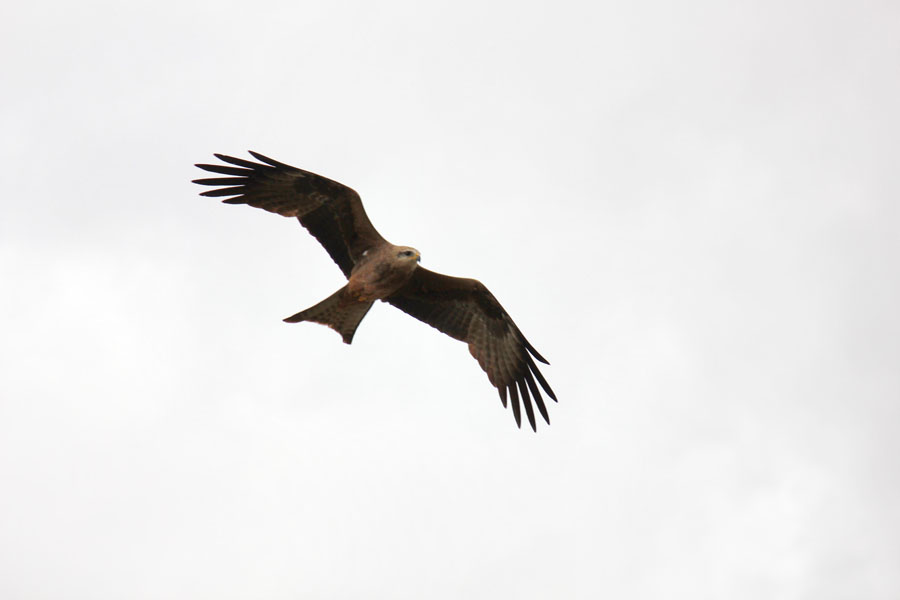
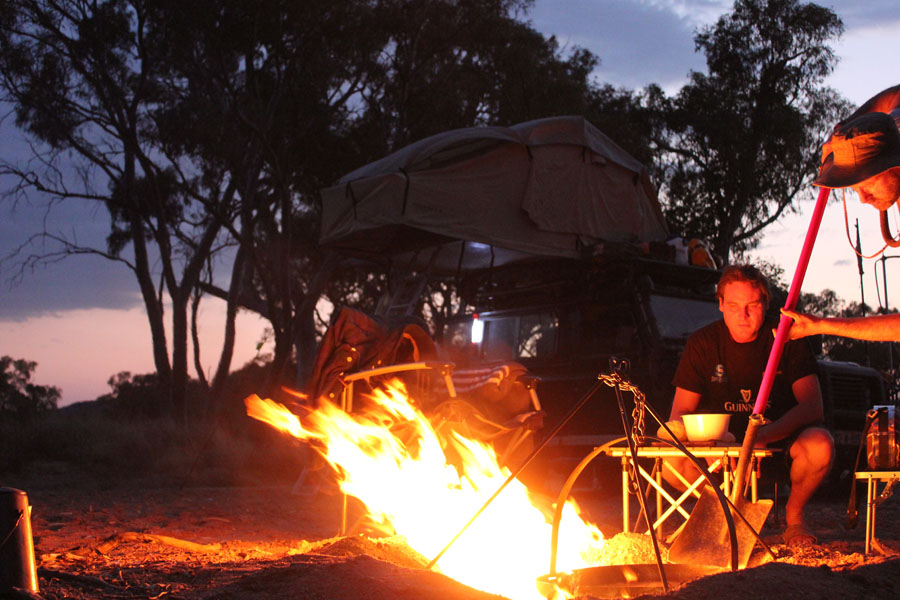
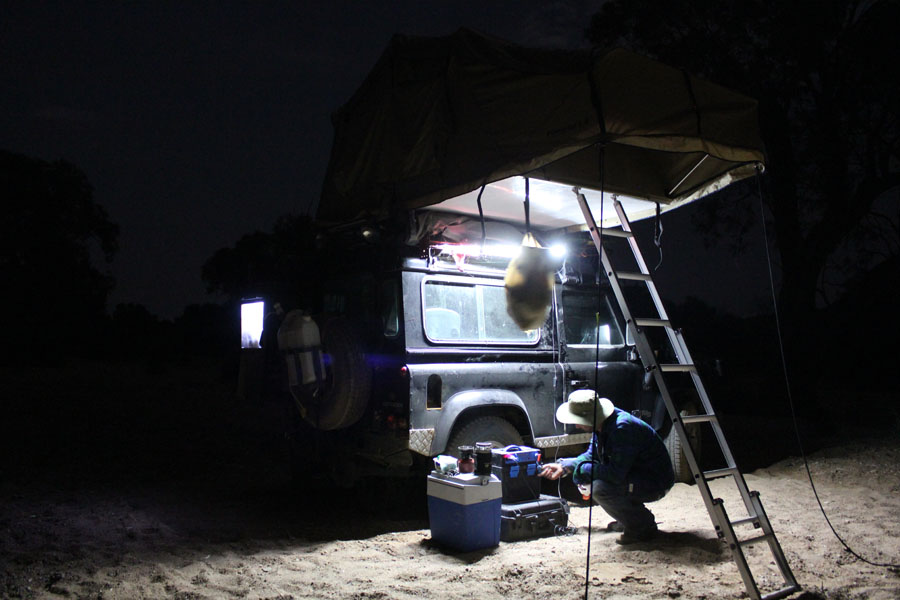
As I further researched Strzelecki’s achievements I learnt that he was not just an explorer but also a humanitarian and philanthropist who had a keen interest in world affairs. During the mid 1840’s after spending a couple of years in Australia and achieving so much he then travelled to Ireland after hearing about the Great Hunger and assisted in administering relief funds and supplies to the starving during the disastrous potato famine. Strzelecki selflessly spent over two years in the west of Ireland working with the impoverished where he is credited with being responsible for saving thousands of lives through the administration of famine relief resources that he managed. Following his humanitarian work during the Irish famine he continued to assist Irish families seek new lives in Australia and he also played a significant role in other international cause’s, one example included assisting injured soldiers during the Crimean War.
In 1849 Strzelecki moved to London where he was awarded a Fellow of the Royal Geographical Society for his exploration and discoveries in Australia. He died in 1873 in London at the age of seventy seven, he was initially buried in London’s Kensal Green Cemetery before being re buried in his home city of Poznan in Poland. Strzelecki is most notably remembered for his exploration particularly in Australia but his humanitarian work particularly during the Irish famine should be remembered as one of his major achievements, credited with saving the lives of thousands of starving children through his signature methods of distributing food and aid to those who needed it the most.
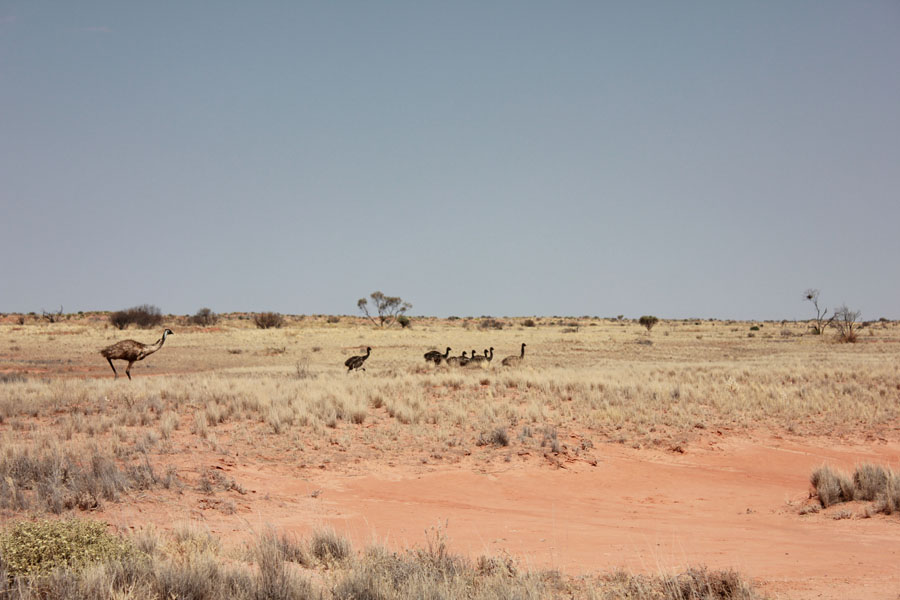
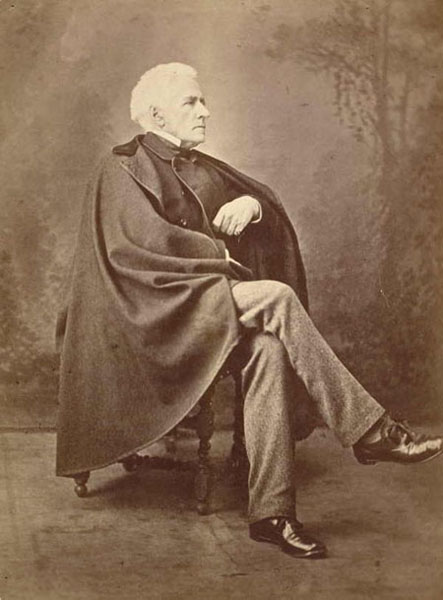
With this new found knowledge we packed up the Land Rover with essential supplies and headed off for the Strzelecki Desert remembering to bring plenty of water. Our journey began in Sydney where we headed for the Flinders Ranges and then on towards Arkaroola in the Vulkathunha national park. This was a couple of days driving and an overnight stop from the east coast and we covered a total distance of twelve hundred miles before reaching the dusty little mineral rich town of Arkaroola. Here we set up camp north of the Arkaroola region and it was from this point on that you really start to feel remote as you enter the fringes of the desert. We took the track up to Moolawatana Station and on past Mount Hopeless; from Balcanoona the first fifteen miles are very rough and dusty with lots of washouts so care is required when driving. From Moolawatana to Mt Hopeless it’s about forty miles approximately and the track is also pretty rough in parts. The track becomes increasingly rockier as you approach Moolawatana Homestead. In total one hundred and forty miles north of Arkaroola you will eventually meet the Strzelecki track. At the large T crossing we turned right onto the Strzelecki track before driving for another eighteen miles through the desert before stopping for lunch at the Montecollina Bore.
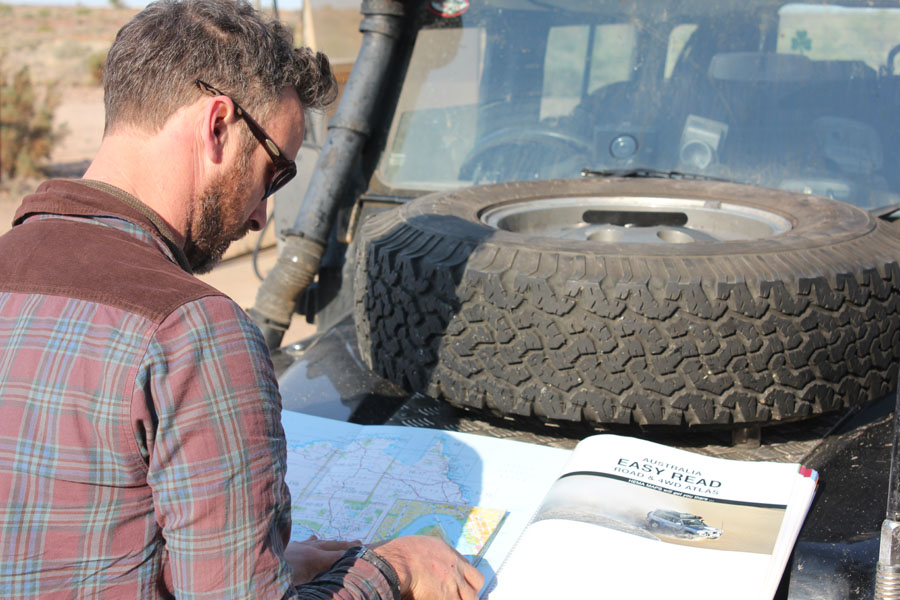
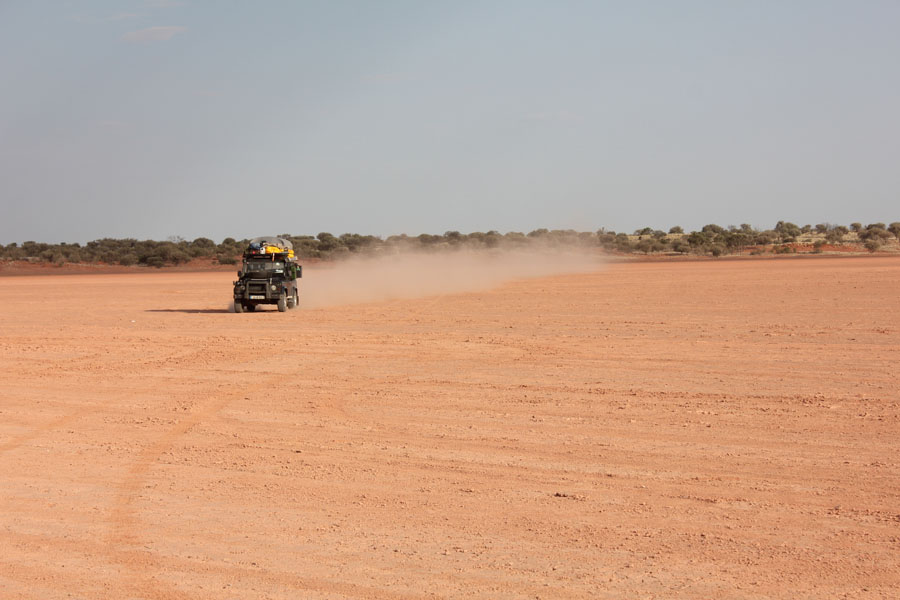
The Strzelecki desert is dominated by extensive dune fields with much of the area protected as a regional reserve with the endangered Dusky Hopping Mouse calling this arid land home. The actual Strzelecki “track” was originally blazed by the son of an Irishman Harry Redford, a cattle thief who drove 1,000 stolen cattle over untracked country from central Queensland to Adelaide. Harry was eventually captured but because of his brave efforts in establishing a new stock route he was let off the hook and became one of the greatest cattle drovers in Australian history, who says crime does not pay? But it was the tragic death of Australia’s most famous explorers Burke and Wills the first white explorers to reach the top end of the continent in 1860 that really put the Strzelecki desert on the map.
The topography of this land is pretty spectacular and with the knowledge that you are driving over what is known as the Great Artesian you will experience something very unique. The Great Artesian Basin is an ancient water source found under the desert floor and facilitates this arid environment to explode with wildlife in times of flood. The Great Artesian Basin is also one of the world’s largest underground water reservoirs having been formed between 100 and 160 million years ago. We also hit the outskirts of the Lake Eyre Basin, which covers approximately one sixth of Australia. This basin contains one of the world’s last unregulated great river systems. Every now and again these rivers are filled with water from monsoonal rains that make their way across the country towards Lake Eyre.
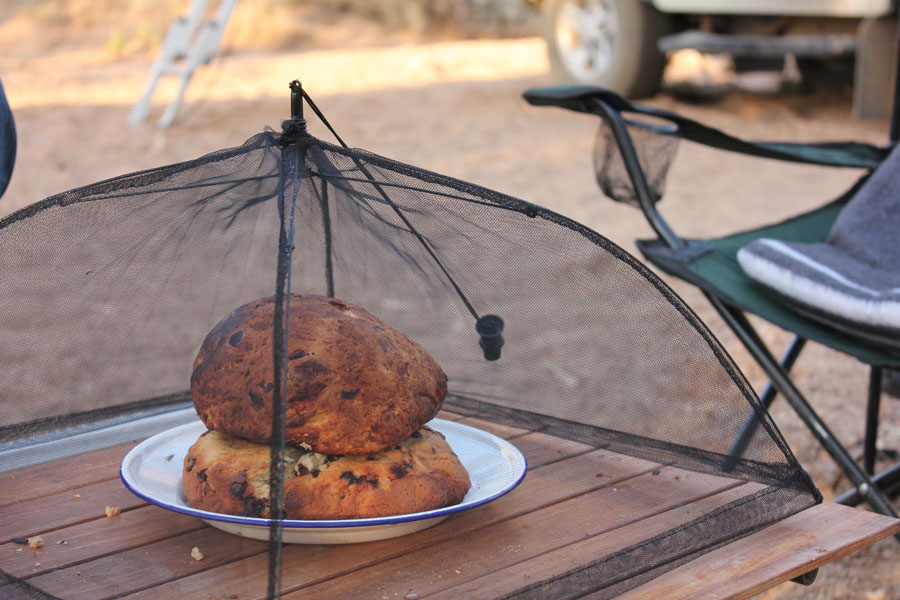

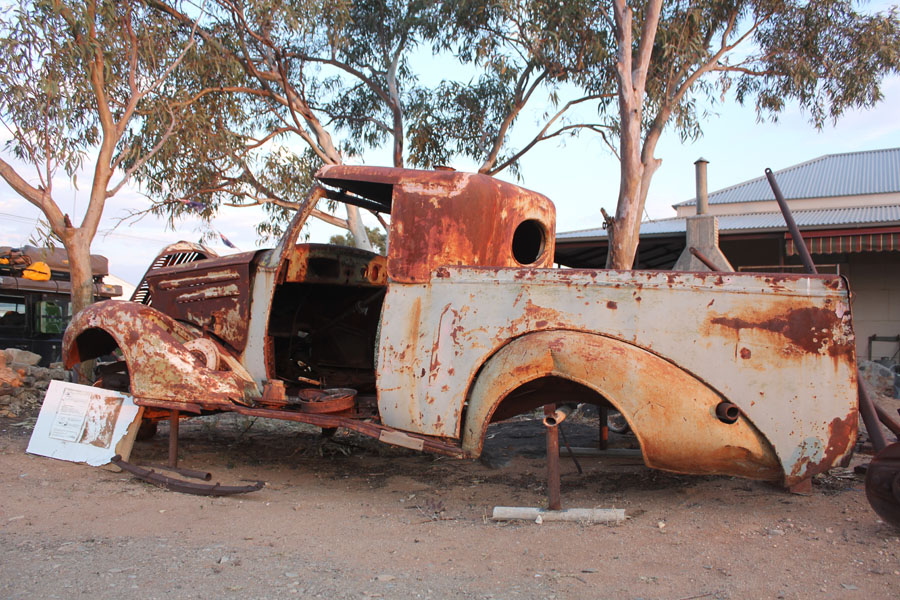
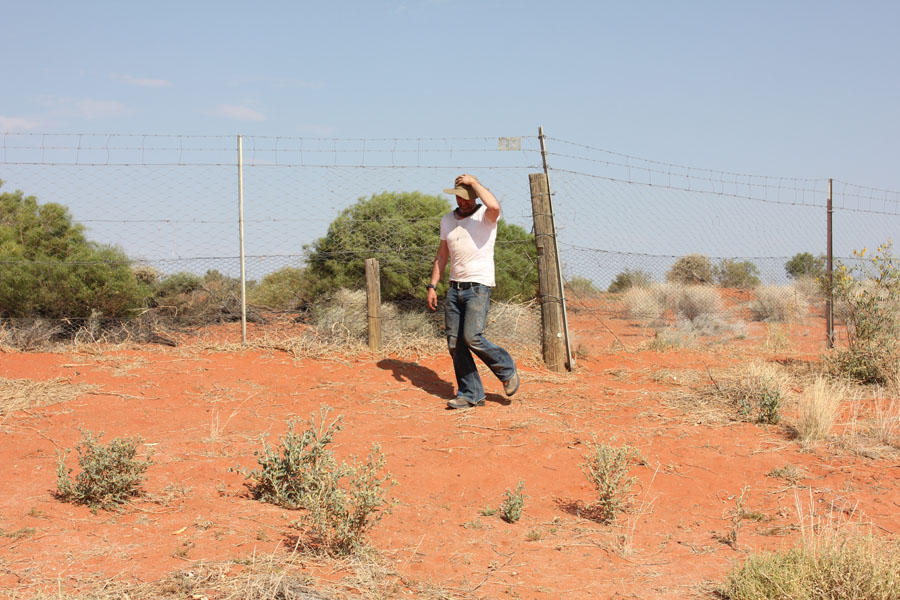
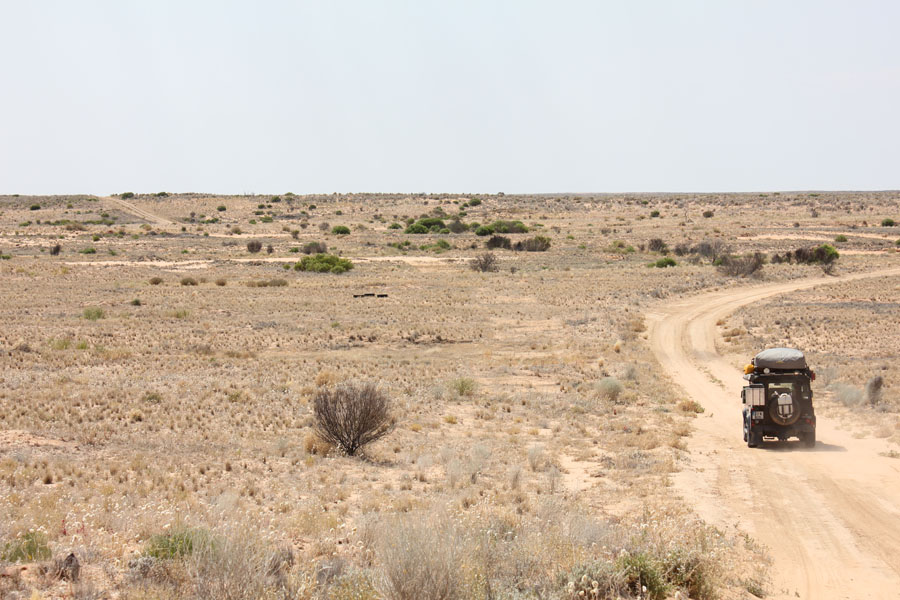
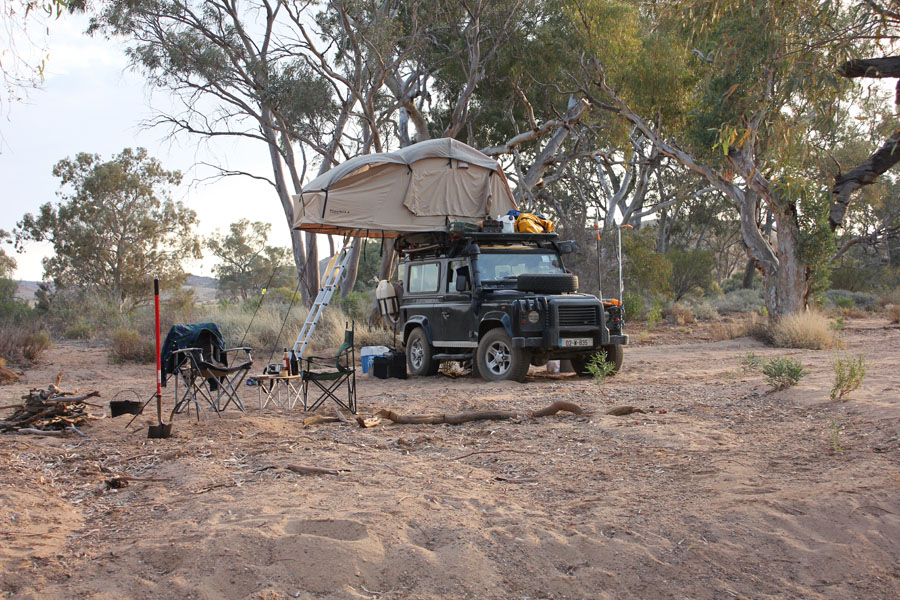
As we continued north into the desert for another thirty miles, we kept our eyes peeled as we searched for a track that turned off to the right; it was on the HEMA topographical map but had no name and was not signposted.
It’s pretty surreal driving towards this bright British built Leyland rusting bus relic from the 1950’s standing out in the middle of the desert. Apparently the double decker bus was bought cheaply back in the seventies by a couple of young people as a party bus and driven until it could drive no more, prior to this it worked the streets of Sydney many years ago.In recent years the bus was better known as the living space and home base of Australian artist Joshua Yeldham. Born in 1970, the artist was driving through the outback searching for inspiration along the infinite Dingo Fence and happened to stumble across the bus. The story goes that he ended up staying there for six years. Over the years hundreds of visitors have written their names on the walls of the bus leaving there mark should they ever return.
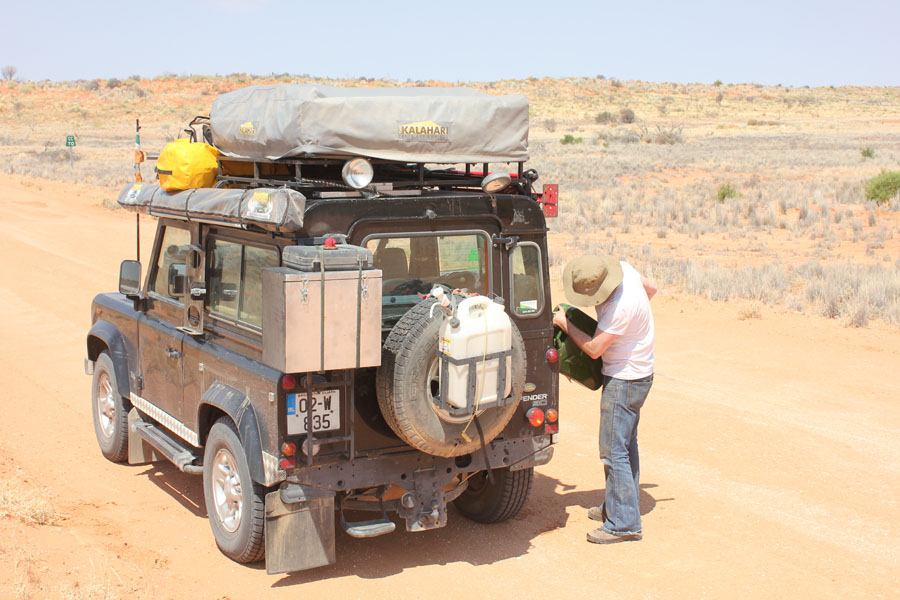
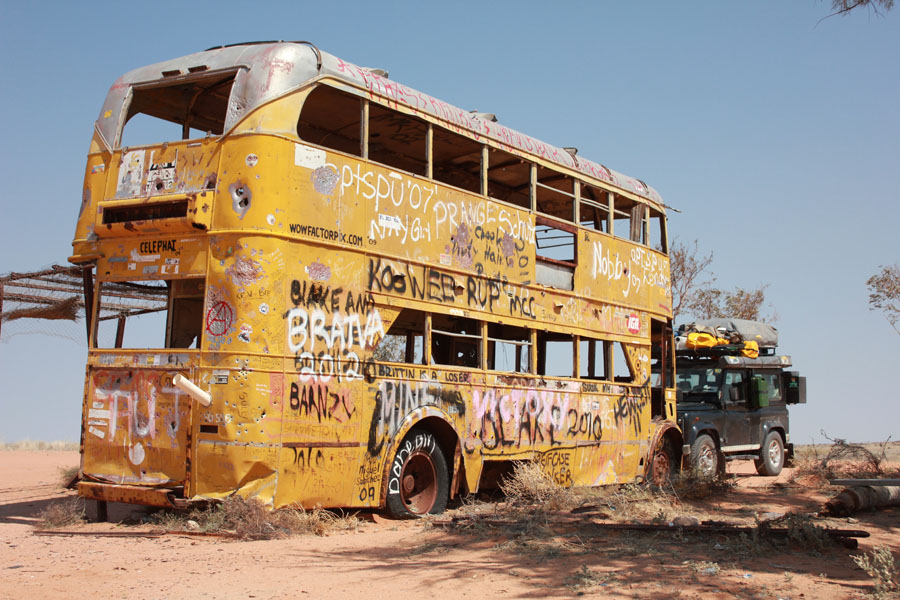
After taking a few compulsory snaps of the yellow bus it was then back in the Land Rover and off to our final destination, Cameron’s Corner also known as Corner Country. Corner Country is exactly what the name suggests; it is the area where the outback of New South Wales, Queensland, and South Australia meet. Named after the New South Wales Lands Department surveyor, John Brewer Cameron, here you will find a pub, store some (not cheap) fuel and a shower & toilet. Apparently the store is a Queensland business with a NSW postcode & South Australian phone number, confused? Beside the pub you will also find a permanent marker identifying exact intersection of the three states and is located beside the world famous Dingo fence.

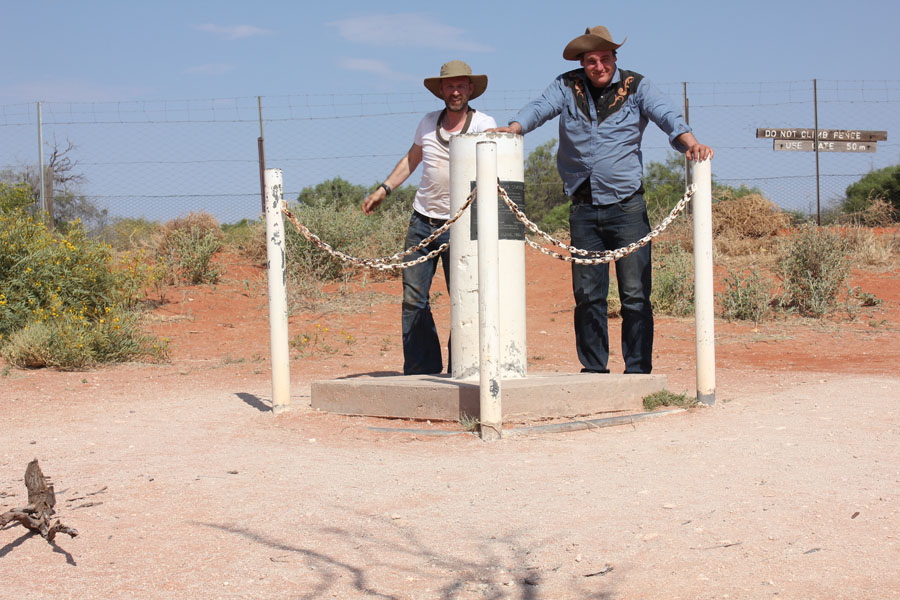
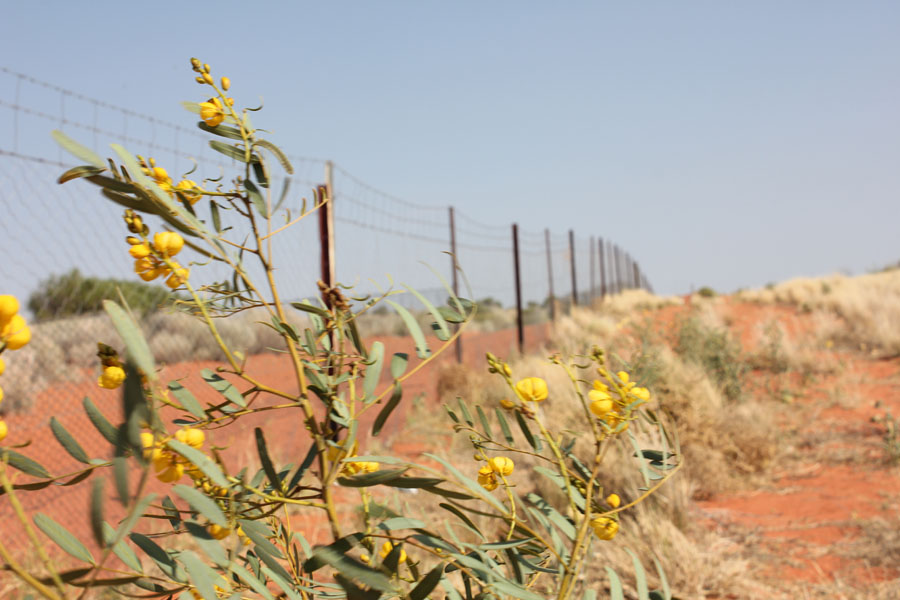
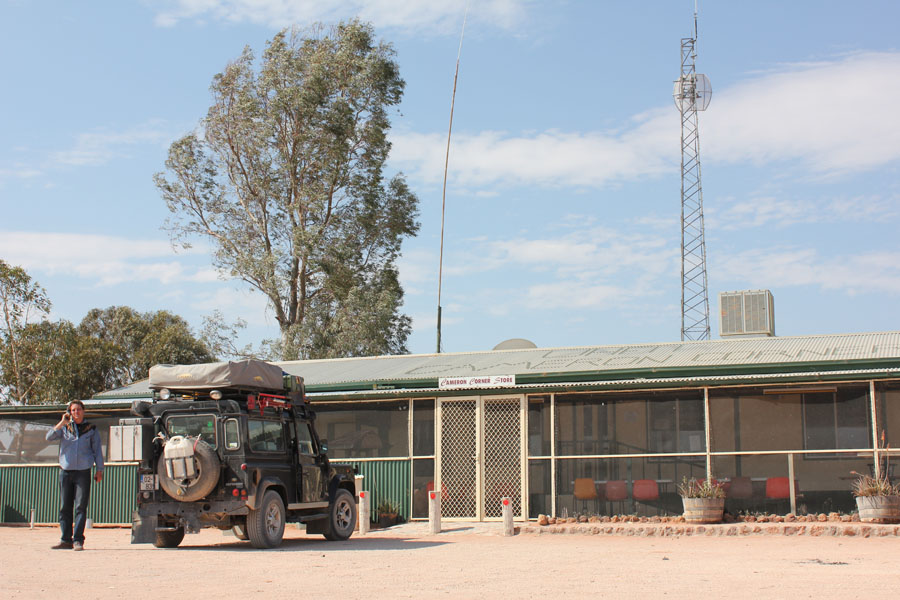
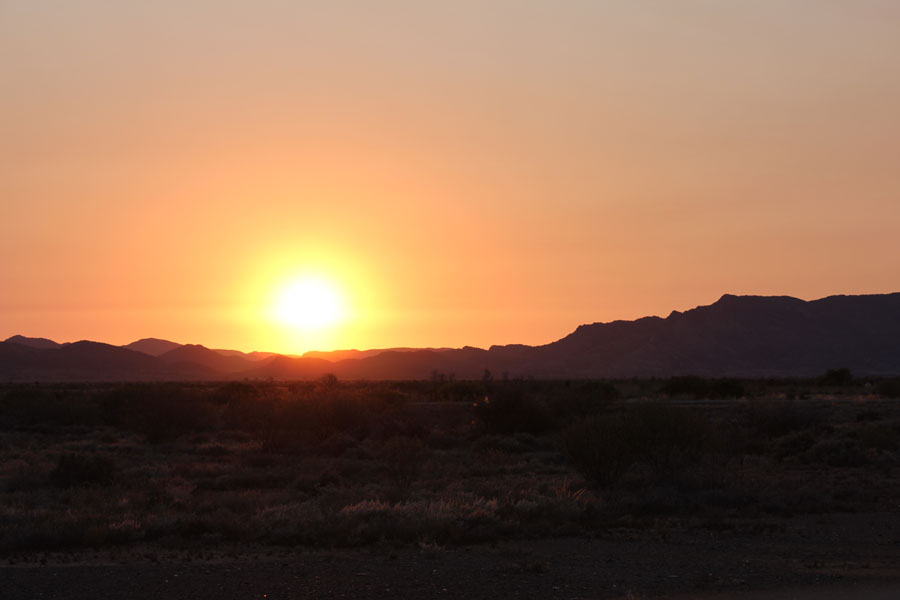
On arriving at this famous outback pub in the middle of nowhere we found ourselves very quickly sitting on two bar stools in our dusty stained clothes, ordering two cold beers. I really can’t remember a bottle of beer ever tasting that good. In just under a week this mini adventure helped me to fulfill a life time ambition that was to drive through and camp in a desert in my 4WD. But the real thrill here was learning about a man who I had never heard off prior to this journey. Edmund Strzelecki achieved so much through his exploration and humanitarian work and as the saying goes education is a lifelong journey whose destination expands as you travel.

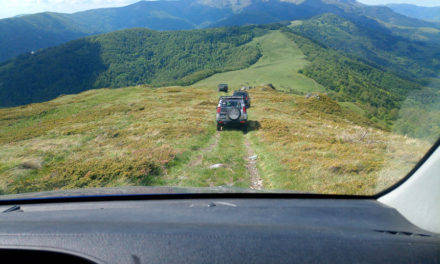
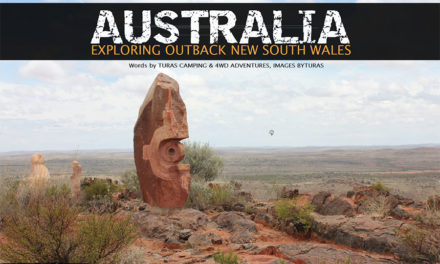
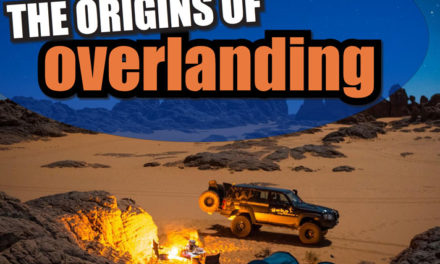
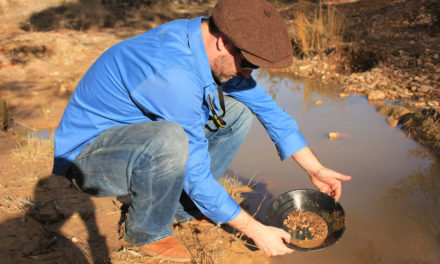
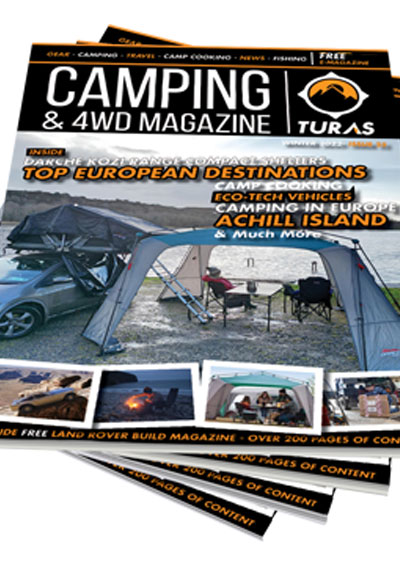

Recent Comments